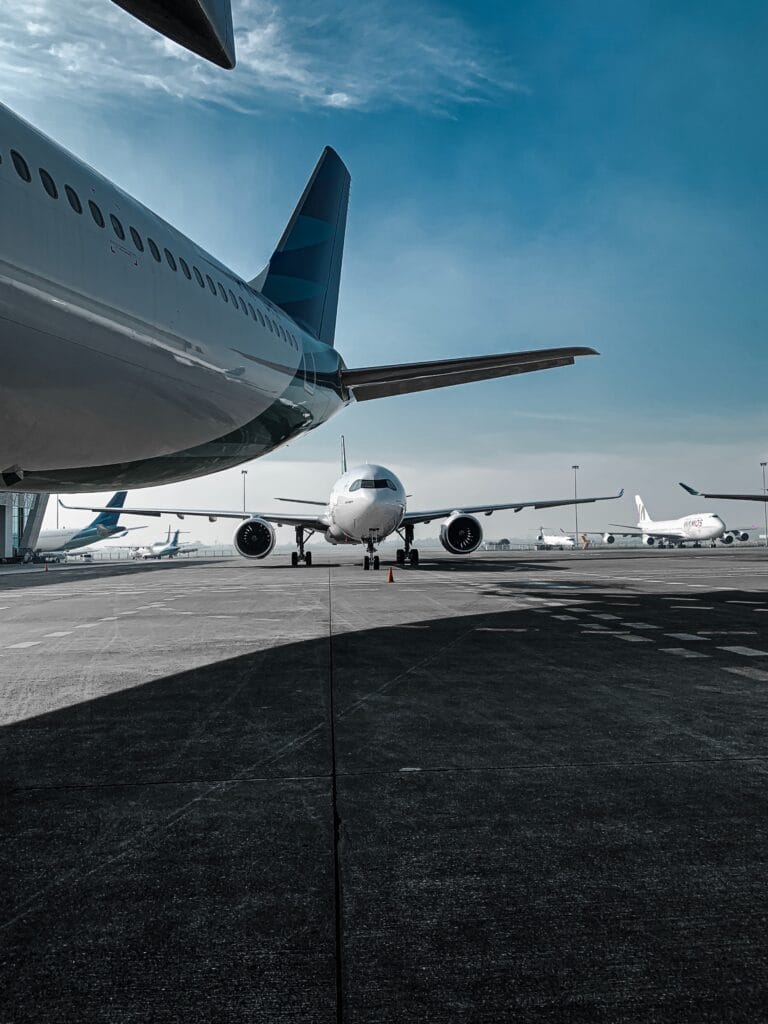November 2018 | As the new Pakatan Harapan (PH) government settles in, many expect a shift from electioneering to setting policies and priorities for the Malaysian economy and political reforms. The Budget 2019, delivered recently, can be seen in this light. Prime Minister Dr Mahathir Mohamad initially talked about a “budget of sacrifice” but Budget 2019 instead delivered some record-setting expenditure. Some will welcome these measures to help different sectors but overall the Budget will strain Malaysia’s fiscal health with a wider-than-expected fiscal deficit. This Update highlights significant aspects of Budget 2019, and briefly outlines its impacts on the Malaysian business landscape.
- Context: Budget 2019 was a milestone for the new government. During their first six months in power, institutional and political reform was their focus – with such steps as moving the Malaysia Anti-Corruption Commission from the Prime Minister’s Office to being under Parliament. However, economic plans remained without much detail except for what was already part of their election manifesto. Two key promises were removing the Goods and Services Tax (GST) and reinstating petrol subsidies, big ticket items that created concerns about Malaysia’s fiscal health. The government was expected, consequently, to lower other expenditures and to find other avenues to raise taxes. Yet, Budget 2019 allocated US$75.6 billion to government spending, the biggest budget expenditure in Malaysian history.
- Noteworthy Innovations: The Barisan Nasional, now in opposition, criticised Budget 2019 for essentially continuing many of their policies, such as cash grants for 4.1 million households in the bottom 40 income percentile (B40). Such criticisms will be expected to continue when the Budget is debated at the committee level from 26 November to 2 December. But it is noteworthy that Budget 2019 also introduces new initiatives. First, it mentions the creation of groundbreaking “property crowdfunding” Likely an attempt to recreate the success of Tabung Harapan, these platforms will provide an alternative source of financing for first time home buyers. Second, it contains provisions for sustainable business practices. These include incentives for manufacturing bio-resin and bio-polymers, and a US$0.48 billion financing scheme for investments in green technology. Third, the Budget pledges to support corporates in the adoption of Industry 4.0. The government not only aims to improve infrastructure, but also provide financial support and advice on how to adopt new technologies such as automation. These are efforts to make Malaysia more competitive and innovative, to try to escape the middle income trap.
- Efforts to Plug the Fiscal Deficit: To support new expenditures, the PH government has undertaken several measures. The Sales and Services tax (SST) is expected to generate US$3.47 billion per year. Departure levies for outbound travellers, increased real property gains taxes and service taxes on imported online services were announced. A US$1.77 billion “Samurai Bond”, guaranteed by the Japanese government, and a special one-off dividend from Petronas will further pad fiscal revenue. Overall, the Malaysian government expects to collect US$62.7 billion in revenue in 2019. This is more than the US$57.6 billion that was projected for Budget 2018.
Yet a US$5 billion hole remains from abolishing GST, and the fiscal deficit is projected to increase from earlier estimates of 3.4% to 3.7% in 2018 under the increased expenditure levels. Furthermore, the Budget 2019 is based on the expectation that oil prices will be US$70 per barrel or more, and this is not guaranteed (e.g. oil prices dropped to US$65 per barrel by 16 November). In the long term, the government will have to address this deficit, and intensify efforts to develop a stronger revenue base.
- Implications for Businesses: For the broader society, the Budget was neutral to positive and rumours that capital gains and inheritance taxes might be imposed proved to be unfounded. Most corporates found Budget 2019 to be largely positive with no significant new taxes that directly impact them. Furthermore, on top of the provisions for embracing sustainable practices and adopting Industry 4.0, other incentives were announced for domestic industries. Rubber and palm oil producers will receive a boost from import substitution measures and promises of government support should prices fall. Small and Medium Enterprises (SMEs) will also benefit from a new US$1.1 billion loan fund, reductions in corporate tax rates and other assistance programs. However, the new tax on digital services and tightening measures on the carrying forward of losses for tax relief might hamper growth, especially for companies in the digital economy.
- Mixed Reactions: Consultancies and ratings agencies were mixed in their assessment of Budget 2019. ING criticised the budget for undermining the government’s commitment to fiscal prudence. Moody’s cited the one-off Petronas dividend as a worrying precedent, and lowered the outlook for Petronas bonds from stable to negative. Yet, Moody’s affirmed the bonds’ A1 rating, and noted that greater transparency in public accounts would be a credit positive. KPMG lauded the Budget’s message about economic reform, while PricewaterhouseCoopers expressed approval for efforts to make the fiscal regime more business friendly. Overall, evaluations of Budget 2019 depended on the relative value the institution placed on fiscal discipline and institutional reform in Malaysia.
Also significant is the opposition’s response, spearheaded by shadow Finance Minister Khairy Jamaluddin. To date, he has characterised Budget 2019 as “a Budget for the rich” that fails to protect B40 families. In particular, he criticised property crowdfunding as a scheme to profit investors and developers, not home buyers. His calls for opposition MPs to “incite” marginalised constituents to protest against the Budget will be something to monitor when it is debated at the committee level.
- Notable Absences: While Budget 2019 was extensive, it was not exhaustive. East Malaysia, for instance, did not receive much attention, and only US$1.2 billion and US$1.04 billion was allocated to the development of Sabah and Sarawak respectively. Many feel that this will have to be revisited out of political and economic necessity. Note too that Budget 2019 did not include a commitment to fund Dr Mahathir’s third national car project. Indeed, the Ministry of International Trade and Industry said that the project will not be funded by the government. This will come as a plus given concerns about Dr Mahathir’s fixation on this project.
Budget 2019 had been anticipated as a blueprint for Malaysia’s economy under the new government. The government had a difficult task in trying to balance fiscal prudence with providing relief to the poorer segments of Malaysian society. By and large, most feel they have succeeded for now. But economic modernisation and increasing fiscal health remain uphill tasks.
![[Premium] Chairman’s Update (01/2018) – Signals from Malaysia’s Budget 2019](https://siiaonline.org/wp-content/uploads/2018/11/Update_01.jpg)



